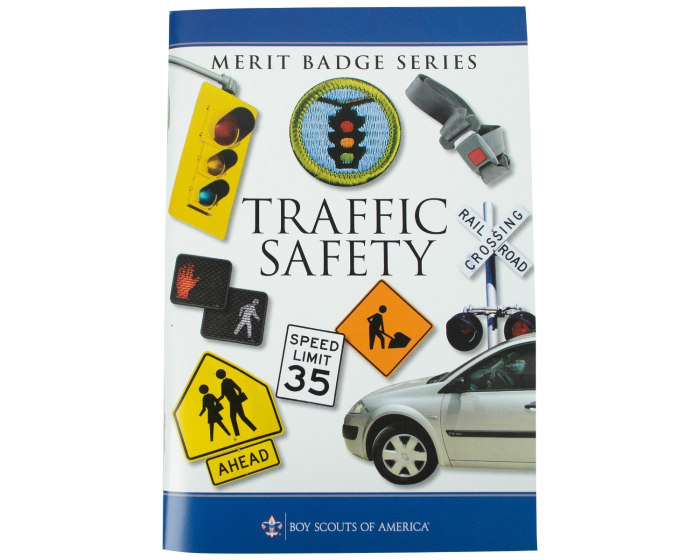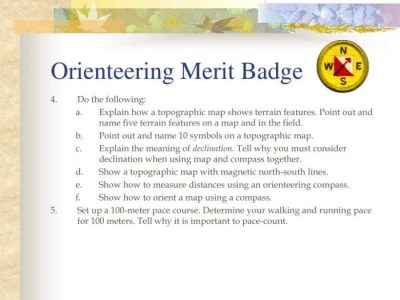Scout campsite leave-no-trace principles are essential guidelines for responsible camping that minimize environmental impact and preserve the wilderness for future generations. Adhering to these principles ensures that campsites remain pristine and wildlife thrives, creating a harmonious balance between outdoor recreation and nature conservation.
By embracing leave-no-trace practices, scouts and outdoor enthusiasts can protect the delicate ecosystems of campsites, ensuring their beauty and ecological integrity for years to come.
Scout Campsite Leave-No-Trace Principles: Introduction

Adhering to Leave-No-Trace principles in scout campsites is paramount to preserving the pristine beauty of the natural environment for future generations. Neglecting these principles can lead to detrimental consequences for both the ecosystem and the enjoyment of future campers.
Failure to follow Leave-No-Trace guidelines can result in:
- Pollution of water sources and contamination of soil
- Disturbance of wildlife and destruction of their habitats
- Unsightly litter and accumulation of waste
- Increased risk of forest fires and other hazards
Proper Waste Disposal

Proper waste disposal is crucial for maintaining the cleanliness and ecological balance of Scout campsites. It involves responsibly managing trash and human waste to minimize environmental impact.
Trash Disposal
When camping, it is essential to dispose of trash properly to prevent littering and wildlife attraction. Designated waste disposal areas are usually provided at campsites, and it is imperative to use them. If no designated areas are available, pack out all trash and dispose of it at the nearest appropriate facility.
Human Waste Disposal
Human waste must be disposed of properly to prevent contamination and the spread of disease. Established latrines or outhouses should be used whenever possible. If these are unavailable, dig a shallow cathole at least 6 inches deep and 6 inches wide, away from water sources and trails.
After use, bury the waste with soil and mark the location with a stick or rock to prevent accidental digging.
Minimizing Campfire Impact
Campfires are an integral part of many camping experiences, providing warmth, light, and a sense of community. However, it is crucial to minimize their impact on the surrounding environment. Responsible campfire practices ensure the preservation of natural resources and protect wildlife.
Building a Responsible Campfire
* Choose a designated fire ring or a safe, clear area away from vegetation and overhanging branches.
- Use existing fire rings whenever possible to avoid creating new ones.
- Gather only dead and downed wood from the surrounding area. Avoid cutting live trees or branches.
- Build a small, contained fire that can be easily controlled and extinguished.
Extinguishing a Campfire Completely
* Drown the fire with water until all embers are completely extinguished. Stir the ashes to ensure no hot spots remain.
- Scatter the ashes and cold coals over a wide area. Do not bury them, as this can smother the fire and create a hazard.
- Ensure that the fire ring or area is cool to the touch before leaving the campsite.
Respecting Wildlife and Vegetation
As part of Leave-No-Trace principles, it’s essential to minimize our impact on wildlife and vegetation. Animals can be easily disturbed or stressed by human presence, while plants are vulnerable to damage or removal.
Observing Wildlife from a Distance
When encountering wildlife, maintain a respectful distance. Avoid approaching or pursuing animals, as this can disrupt their natural behaviors and cause unnecessary stress. Use binoculars or a camera with a telephoto lens to observe wildlife from afar.
Proper Disposal of Food and Waste
Food scraps and waste can attract animals, altering their natural foraging patterns and potentially leading to conflicts. Store food and trash securely in airtight containers and dispose of waste properly in designated areas.
Protecting Vegetation
Vegetation plays a vital role in the ecosystem, providing food and shelter for wildlife. Avoid trampling or damaging plants by staying on designated trails and camping in established areas. Do not remove or collect plants without permission.
Water Conservation and Sanitation: Scout Campsite Leave-no-trace Principles
Water conservation and proper sanitation are crucial aspects of maintaining a pristine environment at Scout campsites. Conserving water reduces stress on natural water sources and minimizes the impact on local ecosystems. Proper sanitation prevents the spread of disease and ensures the safety of both Scouts and wildlife.
To conserve water, Scouts should practice responsible water use. This includes taking shorter showers, turning off faucets when not in use, and using biodegradable soap. It is also important to minimize water pollution by avoiding the use of harsh chemicals or detergents near water sources.
Water Treatment and Purification, Scout campsite leave-no-trace principles
Water obtained from natural sources may require treatment or purification before consumption. Boiling water is an effective method of killing bacteria and other microorganisms. Alternatively, water can be purified using a water filter or purification tablets. It is essential to follow the manufacturer’s instructions carefully when using these methods.
Wastewater Disposal
Proper disposal of wastewater is vital to prevent contamination of water sources. Human waste should be disposed of in designated latrines or toilets. Dishwater and other wastewater should be strained to remove food particles and poured into a designated disposal area, away from water sources.
Sanitation Practices
Good sanitation practices include washing hands frequently, especially after using the toilet or handling food. It is also important to avoid littering and to dispose of trash properly in designated bins. By adhering to these principles, Scouts can help protect the environment and ensure the health and safety of themselves and others.
Leave-No-Trace Education and Awareness

Promoting Leave-No-Trace practices requires comprehensive education and awareness campaigns to instill responsible behavior in scouts and visitors. By understanding the principles and their impact on the environment, individuals can actively contribute to preserving natural areas for future generations.
Educating scouts about Leave-No-Trace principles involves various methods, including:
Formal Training
- Conducting workshops and presentations during scout meetings and training programs.
- Integrating Leave-No-Trace principles into the scout curriculum and advancement requirements.
Outdoor Experiences
- Guiding scouts on outdoor excursions and demonstrating responsible camping practices firsthand.
- Encouraging scouts to participate in Leave-No-Trace cleanup and restoration projects.
Public Outreach
- Displaying Leave-No-Trace posters and brochures at campsites and visitor centers.
- Collaborating with local organizations to promote Leave-No-Trace messaging in the community.
Closing Notes
Scout campsite leave-no-trace principles empower scouts and outdoor enthusiasts to become responsible stewards of the environment. By embracing these principles, they contribute to the preservation of natural habitats, protect wildlife, and ensure that future generations can enjoy the same pristine wilderness experiences.
Frequently Asked Questions
Why is it important to follow leave-no-trace principles at scout campsites?
Leave-no-trace principles help preserve the natural beauty and ecological integrity of campsites, minimize disturbance to wildlife, and ensure a safe and enjoyable experience for all.
How can I properly dispose of trash and human waste at a scout campsite?
Dispose of trash in designated bins or carry it out. Bury human waste in a hole at least 6 inches deep and 200 feet away from water sources.
What are some tips for minimizing the impact of campfires?
Build campfires in designated areas, use existing fire rings, and extinguish them completely before leaving.





